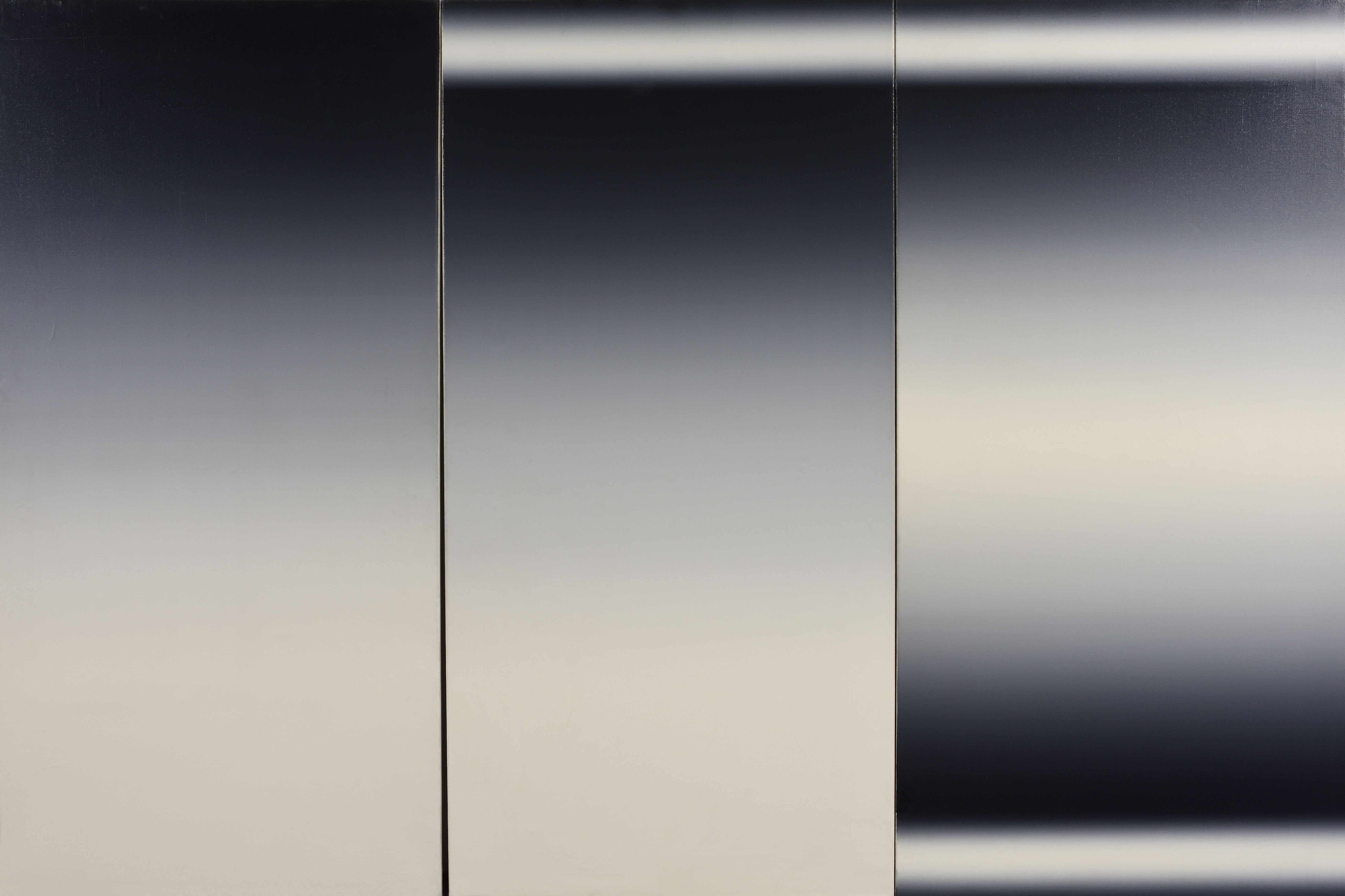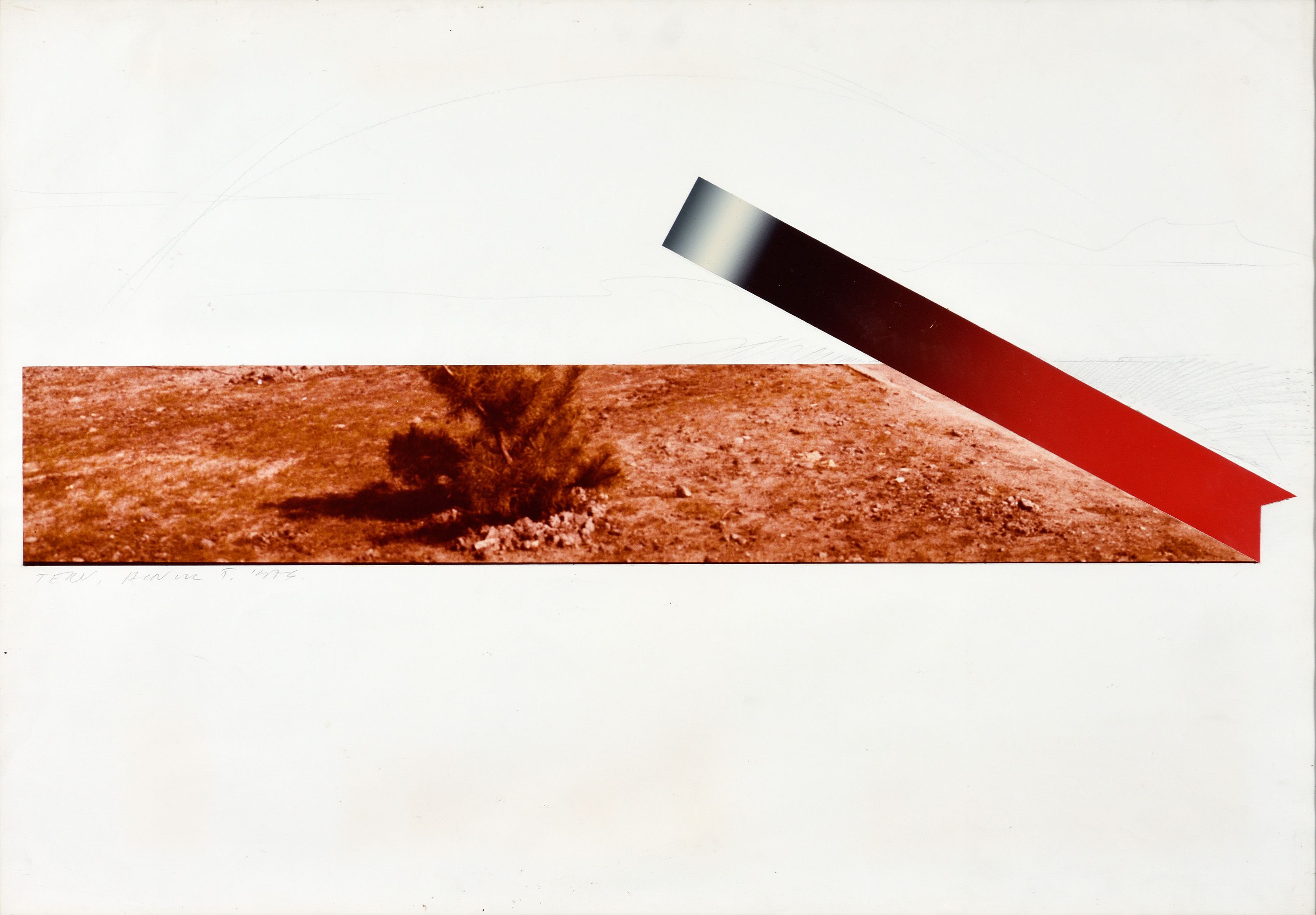Tamás Hencze
Atmosphere
| Venue: | acb Plus |
| Date: | Mar 10 – Apr 21, 2023 |
| Opening: | Mar 09, 2023, 18:00–21:00 |
Description
The first solo exhibition of Tamás Hencze (1938-2018) realised in the space of acb Plus is focusing on the 1970s painting practice of the artist, which came to it’s full bloom in this decade. Hencze is one of the key painters of his neovantgarde generation, which was labelled as Iparterv generation after the legendary exhibitions realised in an aula of a Budapest-based construction company. Tamás Hencze from the end of the 1960s created mostly paper-based works, with which he transcended the visuality of his early-career pieces, influenced by French-inspired gesture painting, which idolised the subjective gestures of the artist. Hencze created his artworks in the late 1960s and 1970s with rolls and cylinders used in printing technoogy, and he painted mostly with offset paint also applied in printing houses. His most known works examine the limits and the mechanisms of perception, with structures constructed from stains, oval spots, which have dissolved contours, and also from stripes which sometime become very thin lines. Thus the abstract painting practice of Hencze gravitated towards minimalism, structuralism even conceptualism in the 1970s. The artist aimed to achieve more and more objective forms of representation, which don’t include any personal, subjective gestures. His methodology was based on the use of a very reduced, cold color palette, and an extremely stimulating visuality. The use of reduced monochrome, black and white aesthetics also help in constructing an almost engineer-like signature painting style.
Hencze was busy with investigating the possibility of non-narrative painting. In this phase of his career he was searching for a radical artistic position, which only activates the pure vision. Thus he was temperating and modulating from a painterly perspective, he created systems, he was orchestrating and experimenting with visual rhytms, creating special orders of colour and form. The painting of Hencze got more and more radical in the 1970s, and he even eliminated structures in some of his paintings, limiting his artistic intervention to depiciting proportions of atmospheres. The space of the acb Plus exhibition is also dominated by the monumental tryptich entitled Atmospheric Space I.-III. The exhibition also features a rare group of Fire Pictures, which includes a diptych painted by soot, and also a colored paper-based tryptich. Hencze burned canvases first in 1972-73, which was documented as a photoperformance in his studio. The Yves Klein inspired Fire series of Hencze fits logically and conceptually in his minimalistic painting program. The practice of Hencze as stated before evaded subjective artistic gestures, in these works the complex gestures of fire conserved in the form of the soot were also only orcehstrated by the artist, with a conceptual twist, the creator of the artistic gesture is the elementar power of fire itself.
Tamás Hencze graduated as a shop-window decorator in Budapest in 1959, although he considered Dezső Korniss his master, who was a mythical figure of Hungarian post-war painting. At the start of his career Hencze formed one intellectual circle with Endre Tót, and the members of the self-orgnaised Zugló Circle, such as Sándor Molnár, Imre Bak, István Nádler, Tibor Csiky, who were debating about actual questions of contemporary art. Tamás Hencze received numerous awards during his long career, including the highest prize given by the Hungarian state, the Kossuth-Prize. His works are featured in such important collections as the Hungarian National Gallery, Ludwig Museum, Budapest, MUMOK and Albertina in Vienna, the Lentos Museum, Linz and the National Gallery in Seoul. He participated in many numerous solo and group exhibitions since the 1960s, he also represented Hungary at the Venice Biennale in 1980.

